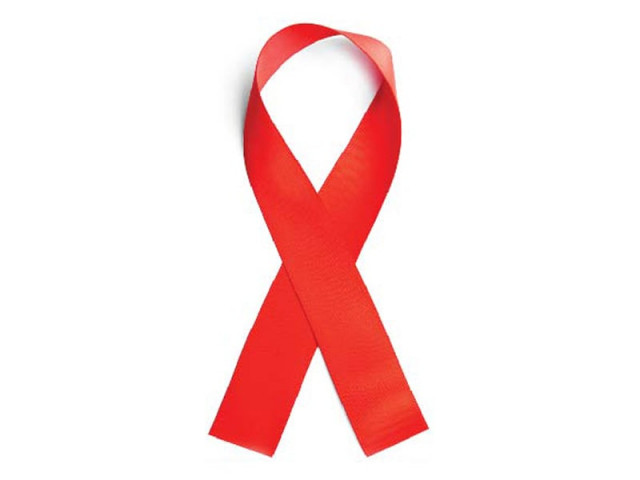HIV/AIDS: Pakistan has one of Asia’s highest HIV prevalence rates
New UNAIDS report urges more investment into national response to tackle aid.

HIV/AIDS: Pakistan has one of Asia’s highest HIV prevalence rates
Pakistan is among the 11 countries in the Asia-Pacific which houses a majority of the people infected with HIV, according to a new report from the Joint United Nations Programme on HIV/AIDS (UNAIDS).
Neighbouring India and China are also on the list, which includes Cambodia, Indonesia, Malaysia, Myanmar, Nepal, Papua New Guinea, Thailand and Vietnam.
Launched at the 2011 International Congress on AIDS in Asia and the Pacific (ICAAP), the report, titled HIV in Asia and the Pacific: “Getting to Zero”, found that more people than ever before have access to HIV services across the region. But most countries in the region are a long way from achieving universal access goals for HIV prevention, treatment, care and support.
According to UNAIDS, HIV prevalence in Pakistan nearly doubled from 11% in 2005 to 21% in 2008. The greatest source of a spread in the virus was use of drug injections and the UNAIDS says that an estimated one in five people who inject drugs in Pakistan are HIV-positive.
Across the region, the report states, stigma and discrimination against people living with HIV and populations at higher risk of infection remain rife. About 90% of the countries in the region retain punitive laws and policies that effectively prevent people living with HIV from accessing life-saving HIV services.
Data suggest that a significant proportion of new HIV infections within key populations are among young people under the age of 25. In most settings, HIV prevention programmes are failing to sufficiently reach young people most at risk.
More AIDS resources urgently needed
The AIDS response in Asia and the Pacific is underfunded, the report found. Pakistan, it states, is among the five countries that funds the bulk of its HIV response from domestic sources but many countries in Asia depend heavily on foreign funding, particularly for the provision of antiretroviral therapy.
Increased investment of domestic resources, especially in middle-income countries, is critical for the ongoing regional response to HIV, says UNAIDS.
“Getting to zero new HIV infections in Asia and the Pacific will demand national responses based on science and the best available evidence,” said UNAIDS Executive Director Michel Sidibé. “HIV programmes must be sufficiently resourced and solidly focused on key populations. Investments made today will pay off manifold in the future.”
Published in The Express Tribune, August 27th, 2011.



















COMMENTS
Comments are moderated and generally will be posted if they are on-topic and not abusive.
For more information, please see our Comments FAQ